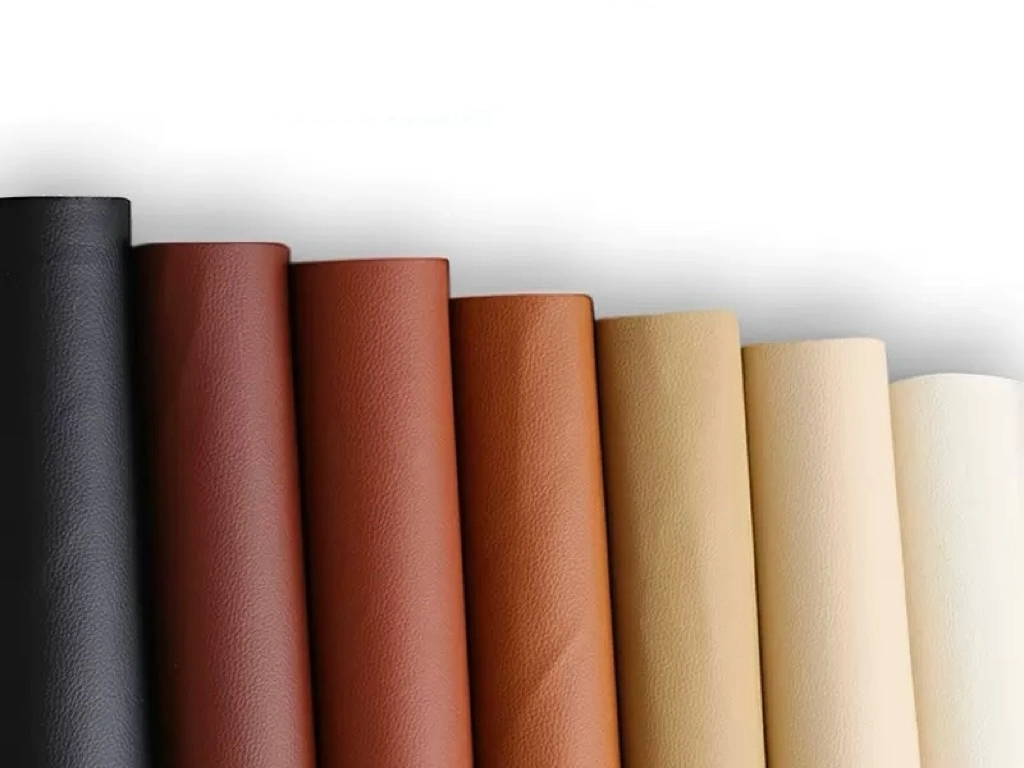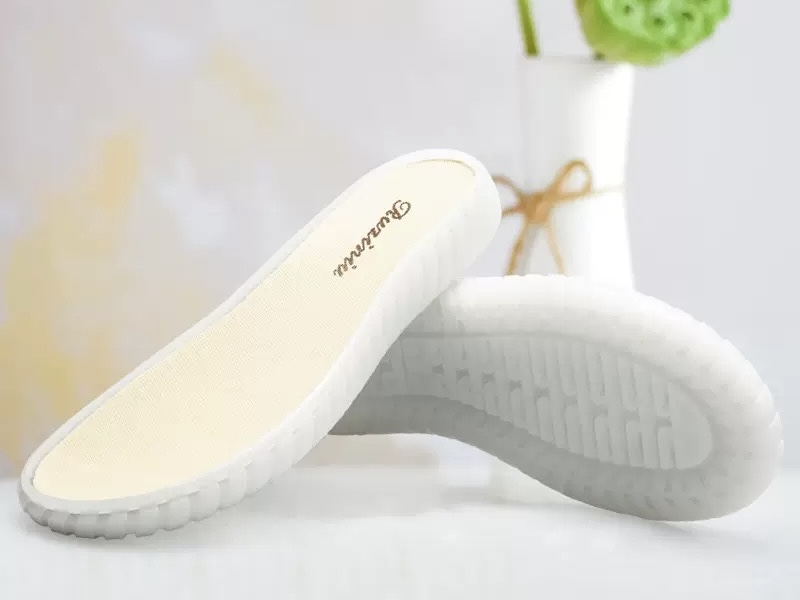Choosing the right adhesive selection is crucial for many industries, from shoe manufacturing to home repairs. Today’s blog will be a bit long, but by the end, you’ll definitely gain valuable insights.
Step 1: Understanding Different Types of Adhesives
The first step in selecting an adhesive is understanding the different types of adhesives available. Here’s a brief overview of common types:
-
Water-based adhesives: These are eco-friendly and suitable for light materials like paper, wood, and fabrics. They are ideal when you need an adhesive with minimal odor and a clean application.
-
Solvent-based adhesives: Strong and versatile, solvent-based adhesives are often used for heavy-duty bonding in industrial applications. However, they may have a strong odor and are best used in well-ventilated areas.
-
Hot melt adhesives: These adhesives provide quick bonding and are commonly used in packaging and light manufacturing. They are easy to apply and fast-drying, making them ideal for automated production lines.
-
Reactive adhesives: Examples include epoxy and polyurethane. These adhesives offer high-strength bonds and are used for heavy-duty applications like automotive and construction.
Adhesives can be classified in many different ways. For instance, one of the classification methods involves curing methods—UV-Cured Adhesives, Heat-Cured Adhesives, and Cold-Cured Adhesives. This is just one approach. Our article on “Glue Basics” goes into more detail about other classification methods. After reading it, you’ll be able to navigate the adhesive industry with much more ease.
At the same time, if you want to learn more about solvent-based adhesives, “8 Types of Solvent-Based Adhesives You Must Know” can lead you into this field of knowledge.
Step 2: Key Considerations Before Purchasing Adhesives
When purchasing adhesives, several factors should be considered to ensure the best possible bond for your materials:
-
Material Compatibility:
The type of material you’re bonding is crucial. For instance, leather, fabric, rubber, metal, and plastic each have different surface characteristics that affect adhesive performance.
For leather, a polyurethane or hot melt adhesive is ideal for maintaining flexibility and durability. For fabric, opt for water-based or acrylic adhesives to ensure transparency and prevent fabric damage.
For fabric, opt for water-based or acrylic adhesives to ensure transparency and prevent fabric damage. Rubber requires strong adhesives like silicone or polyurethane, while metal often requires epoxy for a robust bond.
Rubber requires strong adhesives like silicone or polyurethane, while metal often requires epoxy for a robust bond.
-
Durability Requirements:
Depending on the environment in which the adhesive will be used, you need to choose adhesives that can withstand exposure to heat, water, chemicals, and physical stress. If you’re working in a high-temperature environment, silicone adhesives may be a good option, while epoxy works better for heavy-duty, long-lasting bonds.
-
Curing Time:
Some adhesives dry and cure quickly, while others may take longer. If you’re working in a fast-paced environment, consider using fast-curing adhesives like hot melt options. For more complex applications where precision is important, a slower-curing adhesive might be more appropriate to ensure accuracy.
-
Environmental Concerns:
With growing attention to sustainability, many industries are opting for eco-friendly adhesives. Water-based adhesives and those with low volatile organic compounds (VOCs) are popular choices for reducing environmental impact. Always verify whether the adhesive complies with local environmental standards.
Tensile Strength, Shear Strength, and Peel Strength are also important adhesive properties to consider before purchasing. The adhesive industry is fascinating—there’s so much to explore, and these key performance indicators will guide you as you make your selection.
Step 3: Researching Reliable Suppliers and Brands
Choosing a trusted supplier is essential to ensure you receive high-quality adhesives that meet your needs. This article compares the cost-effectiveness of various brands. Here, I will briefly explain the differences among three brands:
-
3M: A global leader in adhesive technology, 3M offers a wide range of adhesives, including high-performance bonding solutions for industrial, automotive, and consumer applications.
-
Loctite: Known for its superior engineering adhesives, Loctite provides products for both high-strength and high-temperature applications, making it a go-to brand in industries like automotive and electronics.
-
Heley: While not as widely recognized as the first two, Heley is a brand you might want to try out. They offer a variety of adhesives that perform well in different conditions, and many customers have found success with their products. It’s worth exploring their range for specific needs, particularly if you’re looking for something a bit more niche.
Always check if the supplier can provide technical support, samples for trial, and a clear understanding of delivery timelines to avoid disruptions in your workflow.
Step 4: Making the Final Purchase Decision
When making the final purchasing decision, there are several factors to weigh:
-
Price vs. Performance: While it’s tempting to go for the cheapest option, it’s important to balance cost with performance. A lower-priced adhesive may save you money upfront but could lead to issues down the road, costing more in repairs or rework.
-
Supply Chain Reliability: Ensure that the supplier has a stable supply chain and can deliver products on time, especially for bulk or ongoing orders.
-
Long-Term Relationships: It can be beneficial to establish a long-term relationship with an adhesive supplier who understands your specific needs and can offer customized solutions.
Step 5: Avoiding Common Mistakes
There are some common pitfalls when purchasing adhesives:
-
Not Testing the Adhesive: Always test the adhesive before making a large purchase. Sample testing can help you evaluate its suitability for your materials and ensure optimal bonding.
-
Choosing Price Over Quality: Don’t compromise on adhesive quality just to save costs. Low-quality adhesives may result in poor bond strength or require more frequent reapplication.
-
Ignoring Environmental Factors: Make sure the adhesive is appropriate for the conditions it will be exposed to, such as temperature extremes, moisture, or exposure to chemicals.
Conclusion: Making the Right Adhesive Choice
In conclusion, choosing the right adhesive is a critical decision that impacts the durability and quality of your product. By considering the material, durability, and curing time requirements, and selecting trusted suppliers, you can ensure you make the best choice. Don’t forget to test and evaluate options before committing to a large purchase. Whether you’re a DIY enthusiast or an industry professional, the right adhesive can make all the difference in your project’s success.
